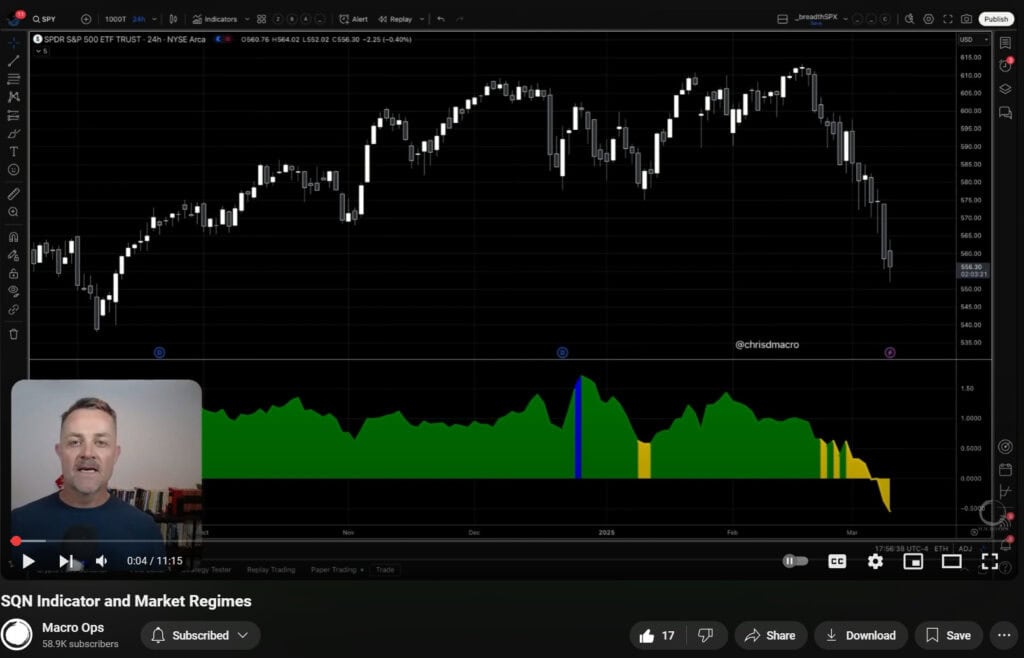Jesse Livermore is commonly cited as one of the best market speculators of all time.
But is this true?
On the one hand, he did invent solid trading rules for his strategy that have stood the test of time:
- Cut Your Losses: Never average down and never hope your losses reverse. Just cut them.
- Infinite Patience: Good trades are rare. Trade for profits, not for action.
- Learn Macro: Understanding general conditions is essential to market mastery.
- Price Action Is King: Learn to read the tape and don’t argue with markets — they know more than you.
- Bet Big / Sit Tight: Ride your winners for all they’re worth.
- Self-mastery: You are the greatest impediment to your own success. “Know thyself”.
But this widely worshipped man also had a fatal flaw.
Jesse Livermore could create tremendous wealth, but he couldn’t hold onto it.
When you go back and read the newspapers from later in JL’s career, it’s not a pretty picture.
Here’s a NY Times excerpt from April 18th, 1934, right in the middle of the Great Depression, when Livermore was filing for bankruptcy:
Mr. Livermore filed a bankruptcy petition in Federal court on March 5, listing liabilities of $2,259,212.48 and assets of $184,000. It was his fourth failure and second formal bankruptcy. After each previous failure he has been able to come back and repay his creditors, and he appeared confident yesterday he would be able to so again.
Going bust multiple times is not something you’d expect from a master trader. It’s what amateurs do…
After the 1929 crash, Livermore had amassed $100 million dollars ($1.39 billion in today’s terms). Yet somehow, within just five years, he managed to torch that lofty sum and find himself back in bankruptcy court…
JL definitely had an edge — it’s hard to run up multiple accounts like he did without one — but why did he keep going broke?
It’s because Jesse Livermore habitually bet too large.
This explains how he accumulated mind-boggling amounts of money in short periods of time, only to lose it all just as quickly.
And unfortunately for him, JL’s fatal flaw created his fame.
The larger the swings, the more interesting the news story. And since JL took the biggest swings around, he was the one written about in the papers.
The upswings reinforced his bad habit, while the downswings were explained away as “bad luck.”
JL consistently underestimated the size of his edge and bet amounts that guaranteed his bankruptcy over time.
Even if you have a solid edge, luck still plays a role in the outcome of any particular trade. You have to size your positions so that a string of losers won’t blow out your trading account.
At Macro Ops we’re all for sizing large when the stars align — it’s how the trading greats achieved stellar returns. But there’s a limit to how much you can safely bet.
Take the simple example of an unfair coin where heads comes up 90% of the time. And say you’re playing someone willing to give you 1:1 on your money if you guess right.
Obviously betting on heads makes the most sense here. There’s a huge edge. But how much money should you bet?
- 10% of your net worth?
- 20%?
- 100%?
It’s easy to see that if you bet your whole nut every time you’ll eventually go broke. Hit just one tails and you’re in bankruptcy court with Livermore.
You could make huge bets and make astronomical sums in a short time, but keep playing like that and there’s a 100% chance of going belly up.
Jesse Livermore kept betting too large on his unfair coin, hence the nickname “boy plunger.” The deck was stacked in his favor but he lacked the bankroll management to successfully realize his edge over the long haul.
The science behind bet sizing came long after JL’s colorful career. A math genius by the name of Edward Thorp popularized the use of the Kelly Criterion in markets. The Kelly number tells us the maximum amount we can bet on an edge without risking bankruptcy.
Had Livermore known about this concept back in his day, he might of been able to avoid the insane swings that ultimately drove him to suicide.
It takes balls to bet big and jettison yourself to trading greatness. But be aware of the consequences.
The larger you size your trades, the more your success becomes a function of luck rather than skill.
Food for thought: If Livermore bet smaller, would we even know of his name today?
If you would like to know how we approach the bet sizing problem you can check out our investment handbook here.









